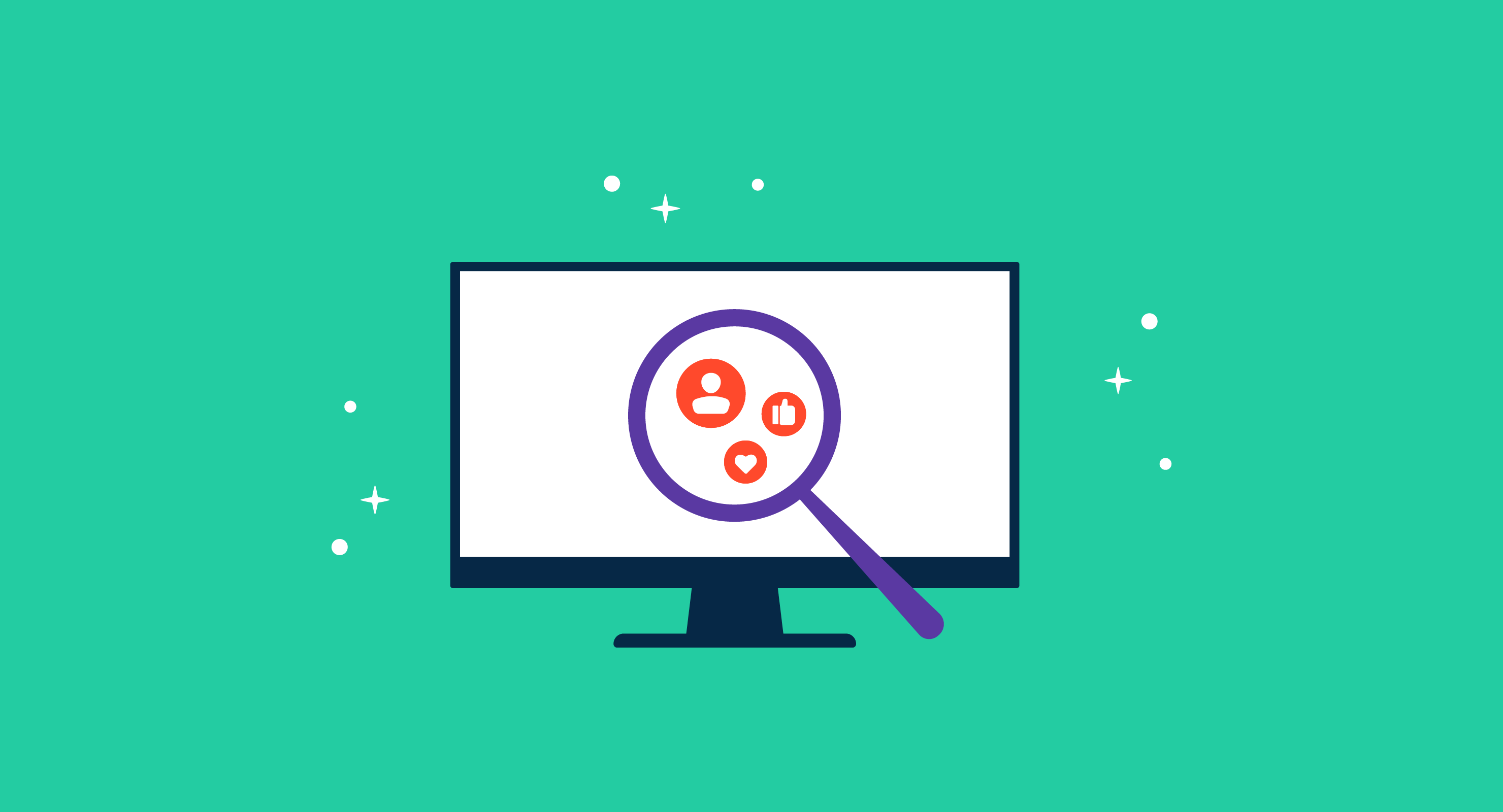What is the social web?
The social web encompasses web structures, services, and interfaces that support and foster social interaction among people. The social web comprises social networking websites, forums, e-commerce portals, and instant messaging applications.
Also known as Web 2.0, the social web refers to websites that stage user-generated content. It facilitates a participatory culture and compatibility with systems, devices, and software for end users. Ease of use is highly valued.
It’s common for people to stay in touch on the internet. These interactions lay the foundation for online purchasing, gaming, and educational or financial services on the social web.
The way people interact with each other and businesses changes with time. Before the internet, people relied on handwritten letters, but now they make use of social media channels available to them. Many companies use social media monitoring tools to listen, track, and monitor how customers interact with them on social platforms to add more personalization.
Modern users are internet-friendly. They’re researching, collaborating, reading, purchasing, and interacting with others frequently. In the foreseeable future, these interactions will grow further in volume, leading to a more integrated way of life.
Data sits at the center of this evolution; thus, data warehouses and brokers fuel this transformation. Modern data science can quickly discover where a person likes to shop and what color of clothes they prefer.
As life becomes more integrated with the social web, businesses will add more personalization to their messaging.
Types of websites on the social web
The social web comprises several types of websites.
- Traditional social networking platforms like Facebook, Twitter, and LinkedIn promote knowledge sharing and keep people and brands connected.
- Review websites, such as G2 and TripAdvisor, share customer reviews of products, services, or experiences.
- Images or video-sharing sites like Instagram and Snapchat amplify social interactions with media-sharing capabilities.
- Video hosting websites allow users to share and stream video content. YouTube and Vimeo are both well-known platforms for video.
- Community blogs create a space where users can comprehensively explain complex topics, such as with Medium.
- Sharing economy networks like Airbnb allow people to share their material possessions with others who require them.
- Discussion sites like Reddit and Quora empower people to share their authentic thoughts and discuss them with others on the network.
Key features of the social web
Many aspects contribute to the social web. Below are some of its notable features.
- Folksonomy: Enables users to find and classify information
- Satisfactory user experience: Uses responsive content. For example, a user can click on an image to zoom in.
- User participation: A two-way flow of information between site user and owner.
- Software-as-a-service (SaaS): SaaS websites developed an application programming interface (API) to promote and automate usage.
- Participation: The web extended beyond the likes of hackers and computer hobbyists, and a variety of people started using it.
How the social web facilitates collaboration
The social web helps establish effective collaboration among people online.
- Crowdsourcing. People crowdsource information, data, and finances by establishing a platform where they can easily connect and collaborate. For example, survey software enables the crowdsourcing of data and information.
- Community-based technology projects. Users can co-create and design open-source software, like Linux, that everyone can use.
- Application development. Developers have the power to share their software development kit.
- Video conferencing. This type of software creates an easy way to connect people in a work-from-anywhere world on platforms like Zoom and Google Meet.
Benefits of the social web
Below are some notable social web benefits that impact both people and brands.
- Relationship building. The social web makes it easier to connect with people and helps them expand their network.
- Knowledge sharing. Users have more opportunities to learn from others.
- Increased reach. Posts can reach several people when shared on the social web, enabling people to talk about their niche or expertise.
- Instant connection. People can immediately connect with friends, family, colleagues, and strangers.
Best practices to stay safe on the social web
The social web has made it easier to establish connections with people. However, it’s essential to ensure privacy and security when people communicate and express themselves. To maintain safety, users should:
- Always read and manage privacy settings properly while navigating websites on the social web.
- Be cautious while sharing posts or thoughts to ensure they don’t contain any information malicious hackers could leverage for their illicit purposes.
- Keep applications up-to-date in devices and install an antivirus to protect against any cyber threat.
- Report, remove, and block people who engage in harassment.
- Use strong passwords to login into social media, forums, portals, or any other platform on the social web.
Learn more about social selling and drive potential customers through social media and other channels on the social web.

Sagar Joshi
Sagar Joshi is a former content marketing specialist at G2 in India. He is an engineer with a keen interest in data analytics and cybersecurity. He writes about topics related to them. You can find him reading books, learning a new language, or playing pool in his free time.

















